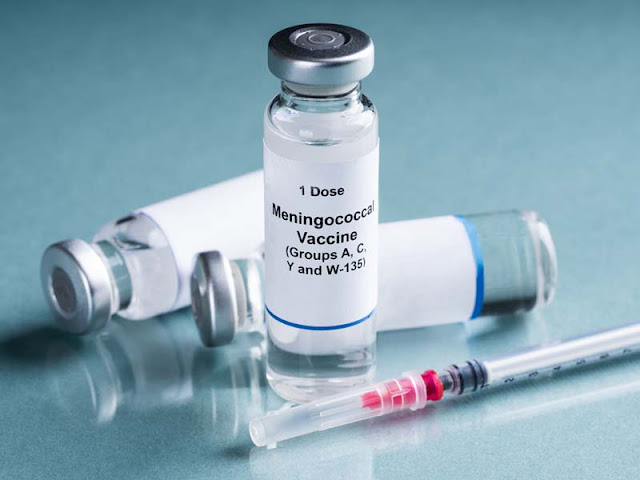Lyocell Fabric - A Sustainable and Eco-friendly Textile Option
 |
| Lyocell Fabric |
Lyocell fabric is a man-made
cellulosic fiber derived from wood pulp through solvent spinning process. It is
considered to be one of the most environmentally sustainable fabrics produced
today. This article discusses in detail about lyocell fabric - its
manufacturing process, properties, applications and why it is considered
eco-friendly compared to other fabrics.
Manufacturing Process
The manufacturing process of
lyocell involves dissolving pulpwood in an organic solvent called
N-methyl-morpholine N-oxide (NMMO). The pulpwood is usually obtained from
sustainably managed forests. In the next step, the cellulose pulp is forced
through spinnerets into a bath containing the same solvent to produce lyocell
fibers. These fibers are then washed, dried and crimped to produce the final
lyocell fabric.
The key highlight of the lyocell
manufacturing process is that the solvent NMMO is recycled up to 99% and reused
repeatedly. This minimizes waste generation and dependence on new solvent.
Also, no harsh chemicals are used during the overall process making lyocell
production environmentally responsible.
Properties
Some notable properties of lyocell
fabric include:
- Soft and Breathable: Lyocell
fabric has a soft, silky hand feel and is highly breathable due to its open
fiber structure. This makes it very comfortable against the skin.
- Absorbent: Being cellulosic in
nature, lyocell is highly absorbent and can soak up around 20% of its weight in
moisture without feeling wet.
- Durable: Despite being so soft,
lyocell fibers have good tensile strength and last long. Garments made from
lyocell can be worn for several washes without pilling or losing shape.
- Dimensionally Stable: Lyocell
fabric maintains its size and shape after washing due to resilient fibers.
Clothing made from lyocell retains appropriate fit over time.
- Quick Drying: Moisture absorbed
by lyocell fabric evaporates quickly, allowing clothes to dry faster than
cotton without use of dryer.
Eco-friendly Credentials
The environment-friendly
manufacturing process makes lyocell one of the most sustainable textile choices
today:
- Renewable Source: Lyocell is
produced from wood pulp sourced from sustainably managed forests.
- Solvent Recovery: Near complete
recovery and reuse of NMMO solvent minimizes waste.
- Biodegradable: Lyocell breaks
down quickly in industrial composting.
- Energy Efficient: The
manufacturing takes lesser energy compared to other cellulosic fibers like
viscose rayon.
- Low Greenhouse Emissions: The
overall lyocell production process emits lesser greenhouse gases.
Apparel Applications
Due to its comfortable, durable
and quick drying properties, lyocell
fabric has found widespread use in several apparel items:
- Undergarments: Lyocell
underwear and socks feel smooth against the skin and wick moisture away
efficiently.
- Activewear: Sports bras, lycra
shorts, leggings made from lyocell keep the body cool and dry during workouts.
- Sleepwear: Nightdresses,
nightshirts, pajamas made from breathable lyocell fabric stay cozy through the
night.
- Loungewear: From sweatpants to
t-shirts, lyocell fabrics are perfect for comfortable lounging at home.
Other Uses
Apart from apparel, lyocell fiber
is utilized to manufacture:
- Home Textiles: Sheets, towels,
bed linen made from lyocell absorb moisture without feeling damp.
- Medical Textiles: Non-woven
lyocell fabrics find application in surgical gowns, drapes, masks due to their
absorbency and breathability.
- Industrial Textiles: Lyocell
fibers are blended with other fibers to produce ropes, protective coverings,
insulation batts and geo-textiles.
Get More Insights Here
https://coolbio.org/emergence-of-online-clothing-rental-market/
https://www.pressreleasebulletin.com/soft-breathable-and-sustainable-lyocell-fabric-unveiled/


Comments
Post a Comment